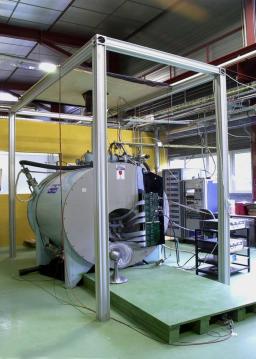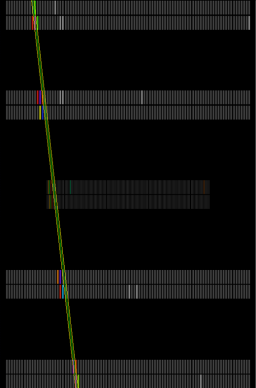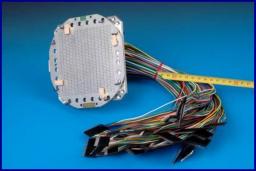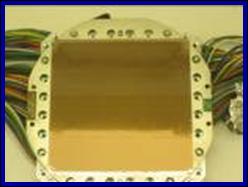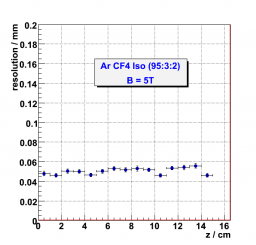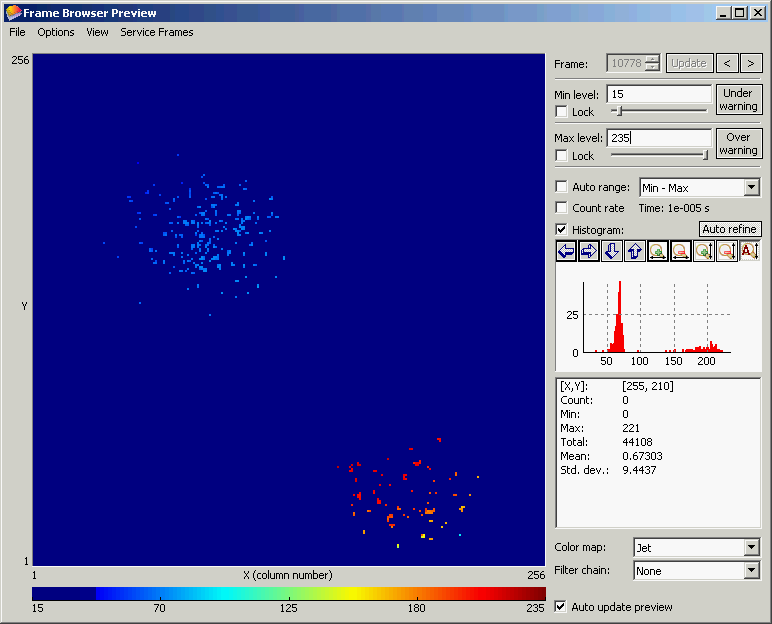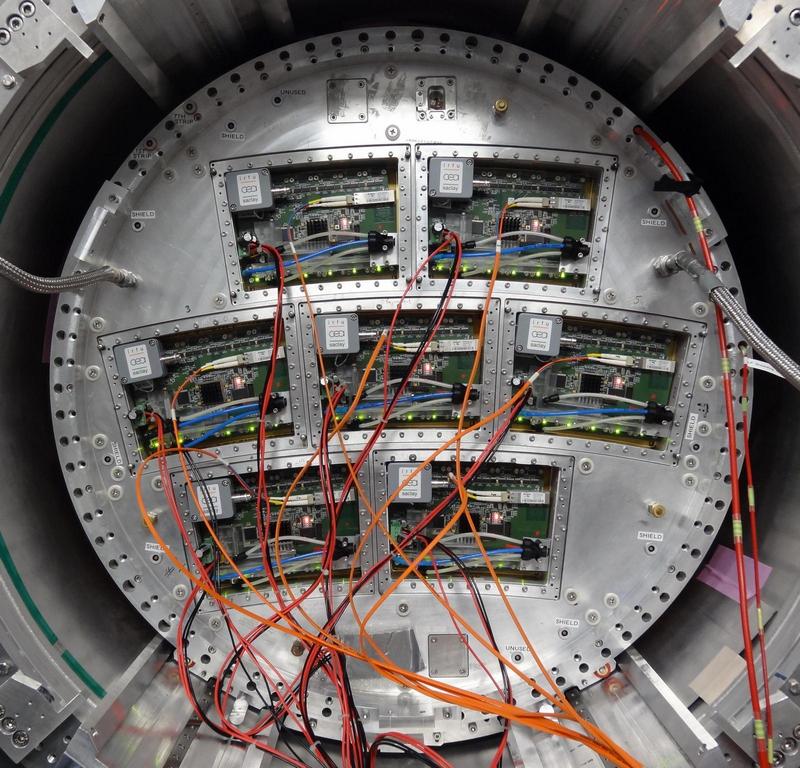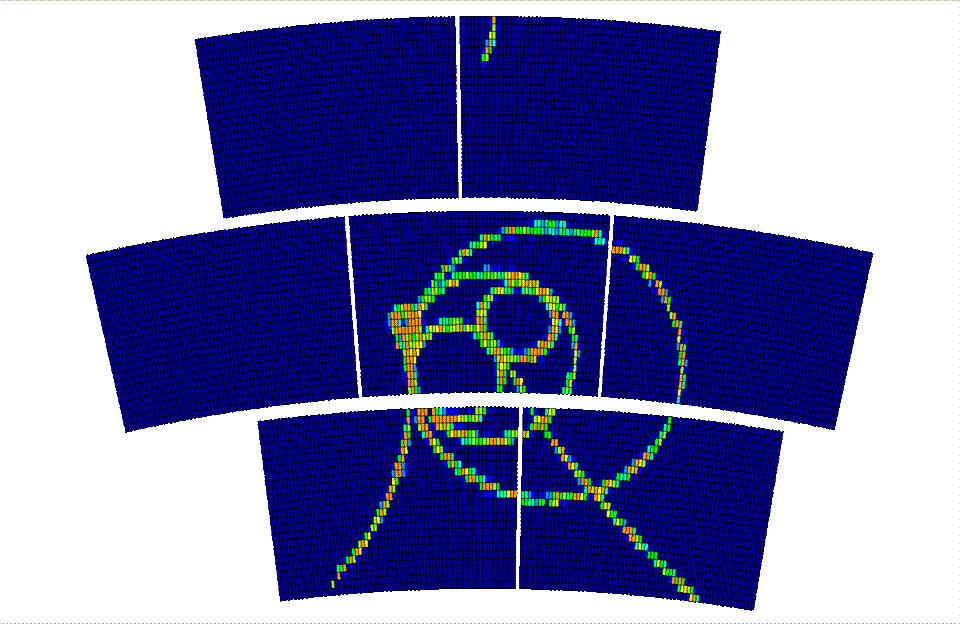Micromegas TPC ILC
Micromegas TPC ILC
The team/Le groupe
|
Alumni/Anciens
|
Activities/Activités
- TPC prototypes
-
A large Micromegas TPC prototype was built and operated at Saclay in collaboration with Orsay (Field cage and Mechanics) and Berkeley (STAR electronics). The maximum drift length and the diameter were 50 cm, and there were 1024 pads (1x10 and 2x10 mm²).
The detector took cosmic data in a 2T superconducting magnet (2001-2004).
Resolutions down to 50 microns (extrapolation at zero drift) were observed at B=1T with an Ar CF4 mixture. However at higher field the resolution degrades as expected, due to insufficient charge sharing.A 380-channel detector was build and operated in a beam at KEK, Japan, in 2005 and 2006. The work continues in the framework of the French-Japan laboratory. This was a collaboration with Canada, Germany, and 8 Asian laboratories. Also two detectors equipped with a resistive anode were studied in this beam test.
-
-
Resistive foils
To improve the charge spreading without increasing unreasonably the number of channels a technique has been developped in collaboration with Carleton University, Ottawa, Canada. This makes use of a resistive coverlay on the anode pads to spread the charge on 2 or 3 pads, allowing a barycenter of the charge deposit to be determined. This allowed us to observe a record 50 micron resolution at all drift distances, in a 5T magnet at DESY. The group continues to develop this technics.
-
SiTPC/EUDET
Another way to circumvent the lack of charge spreading is to have small digital pads detecting single electrons. The principle of this 'digital TPC' has been demonstrated in 2004 in collaboration with NIKHEF, Amsterdam, The Netherlands. Developments of such a device are pursued in the framework of the EUDET european project. A chip (TimePix) with 55x55 squared micron pads has been designed to measure the time or energy (time over threshold) on every pixel. Drawings can be found here.
-
ILC/TPC Large Prototype
Saclay (as a member of the LC-TPC collaboration) provides the Micromegas panels for the ILC-TPC large prototype. Drawings can be found here.


